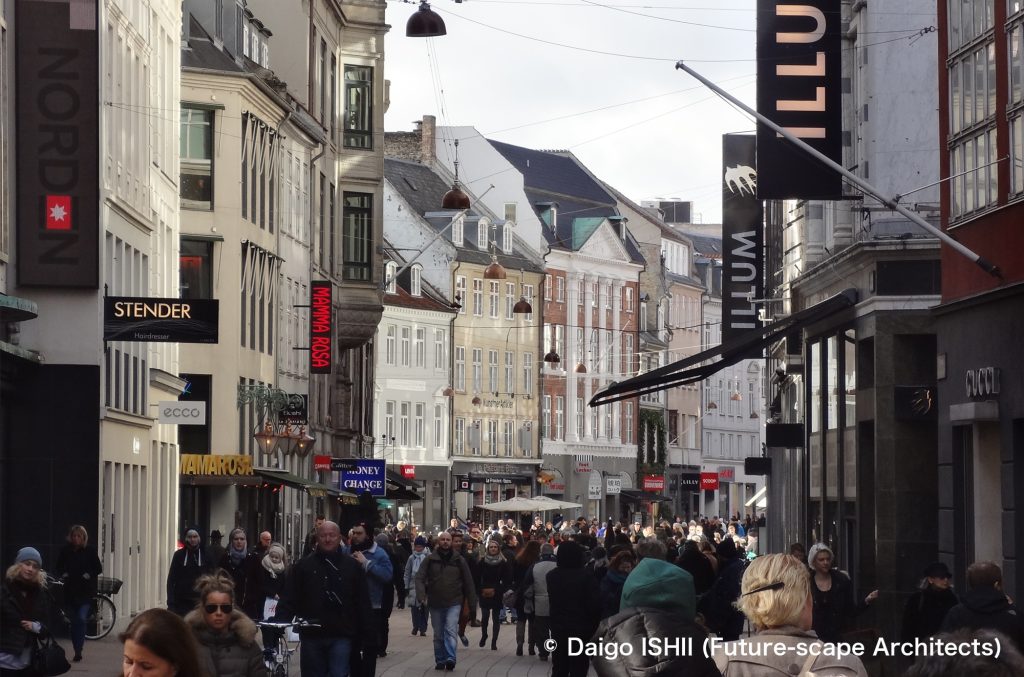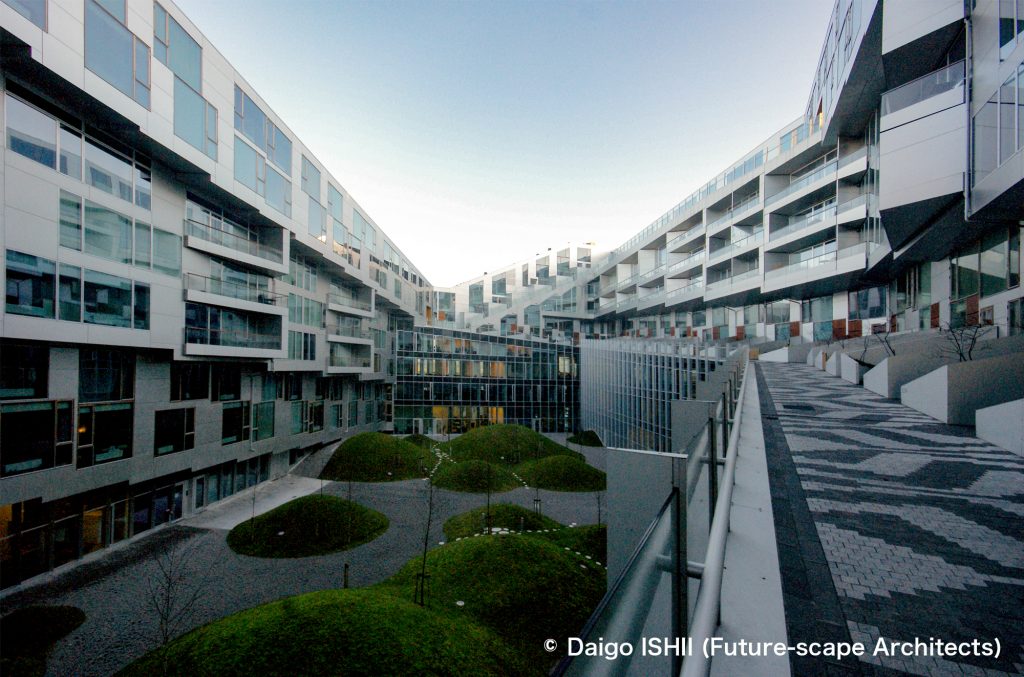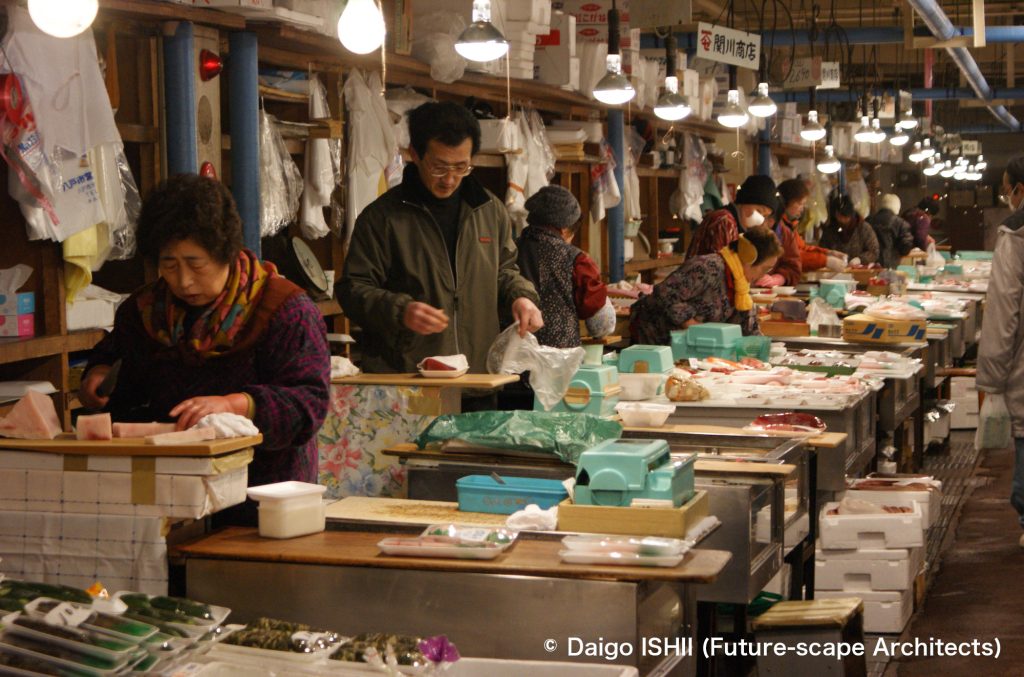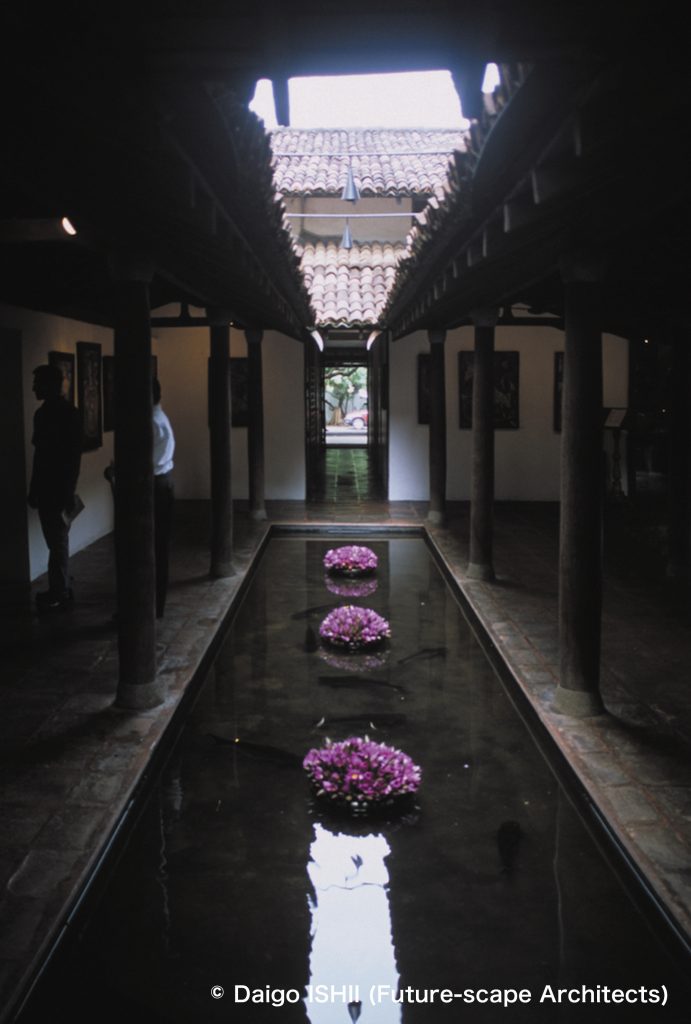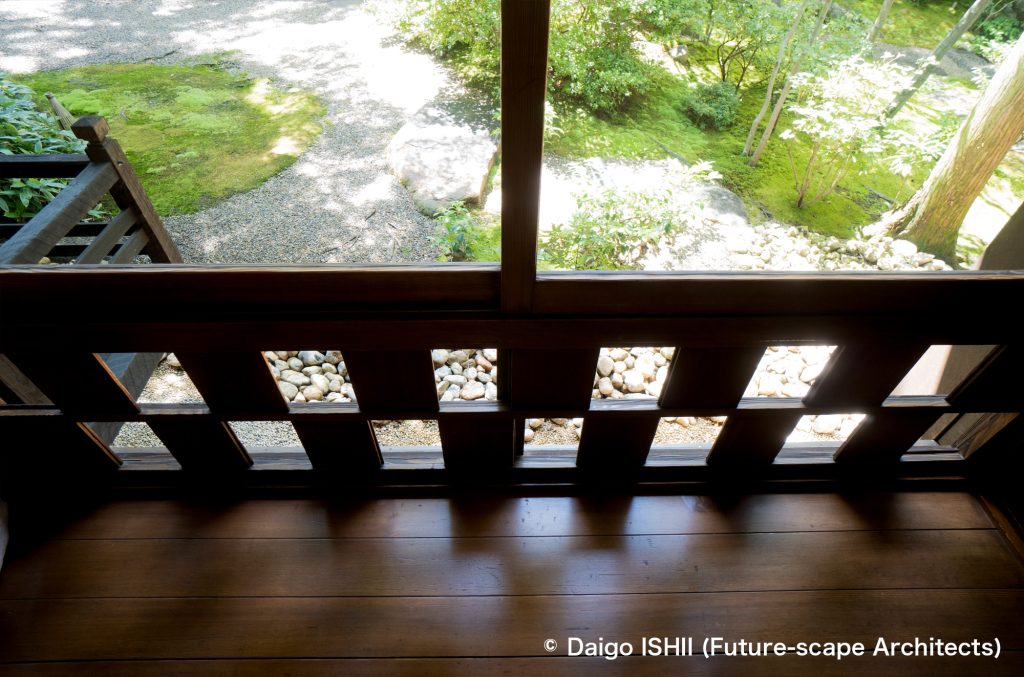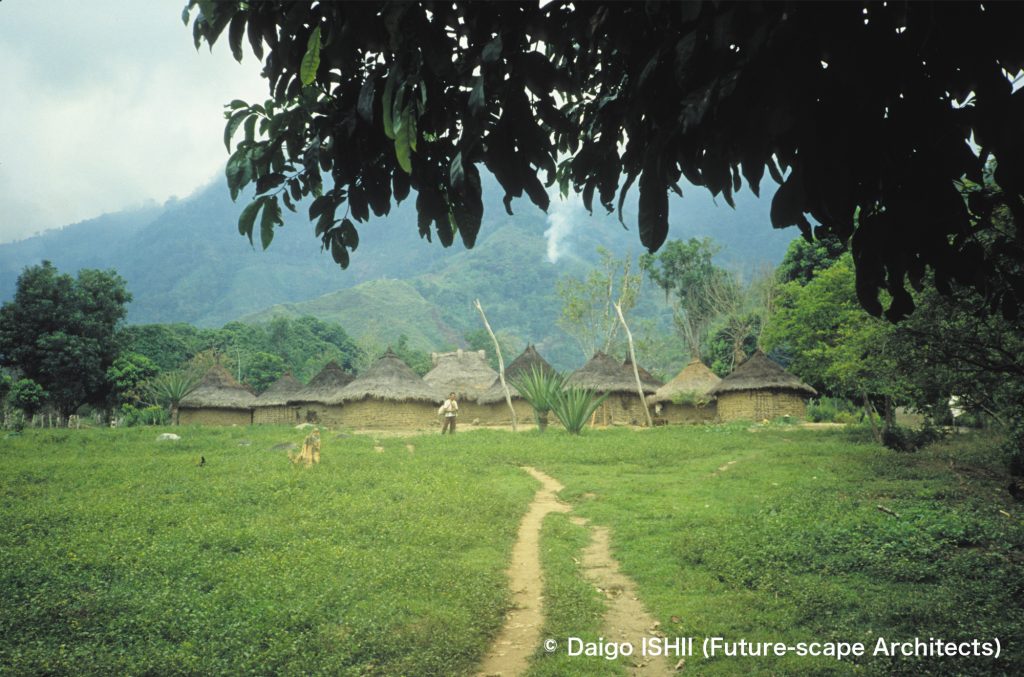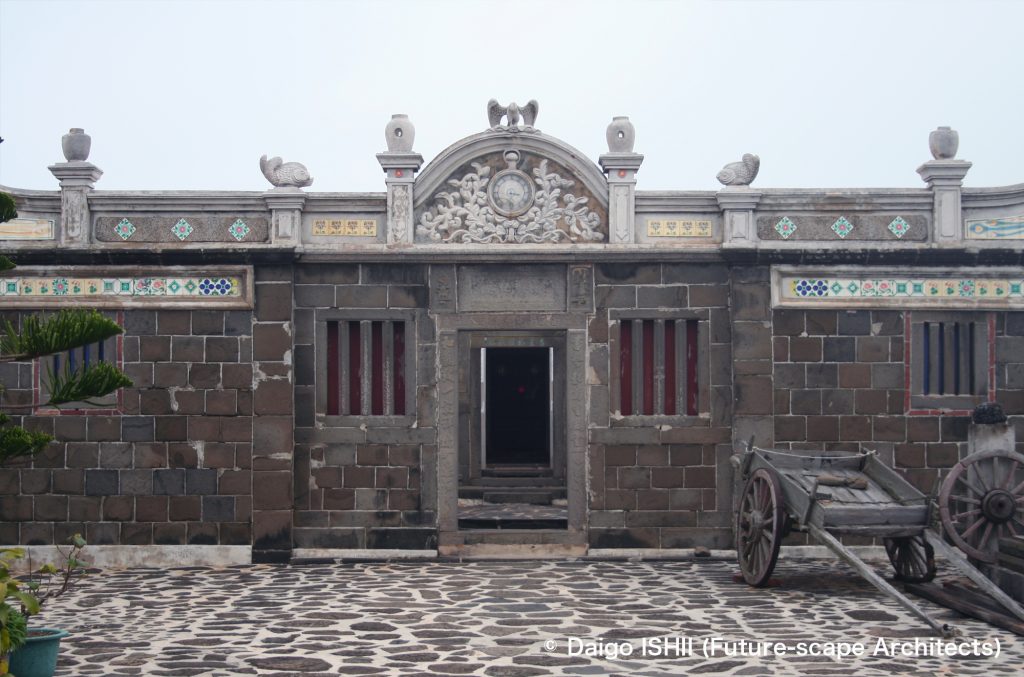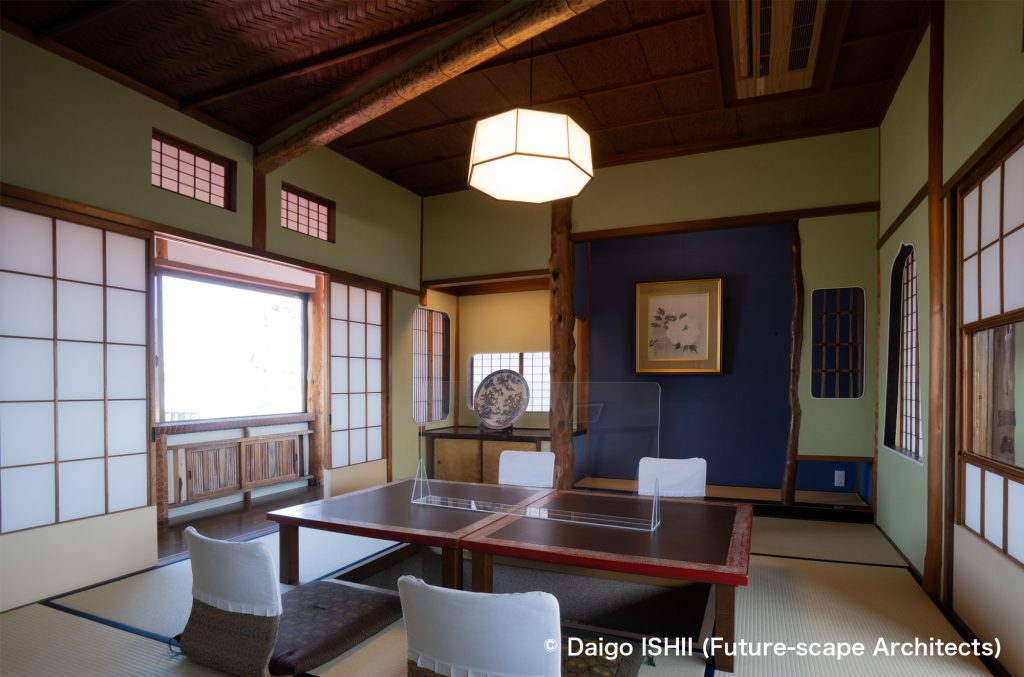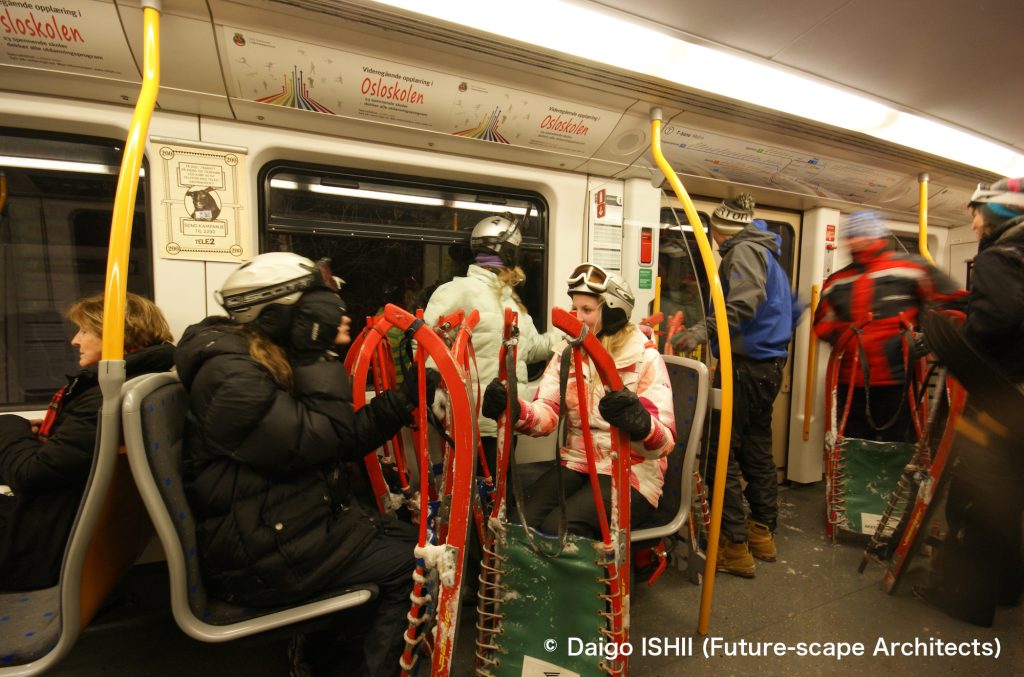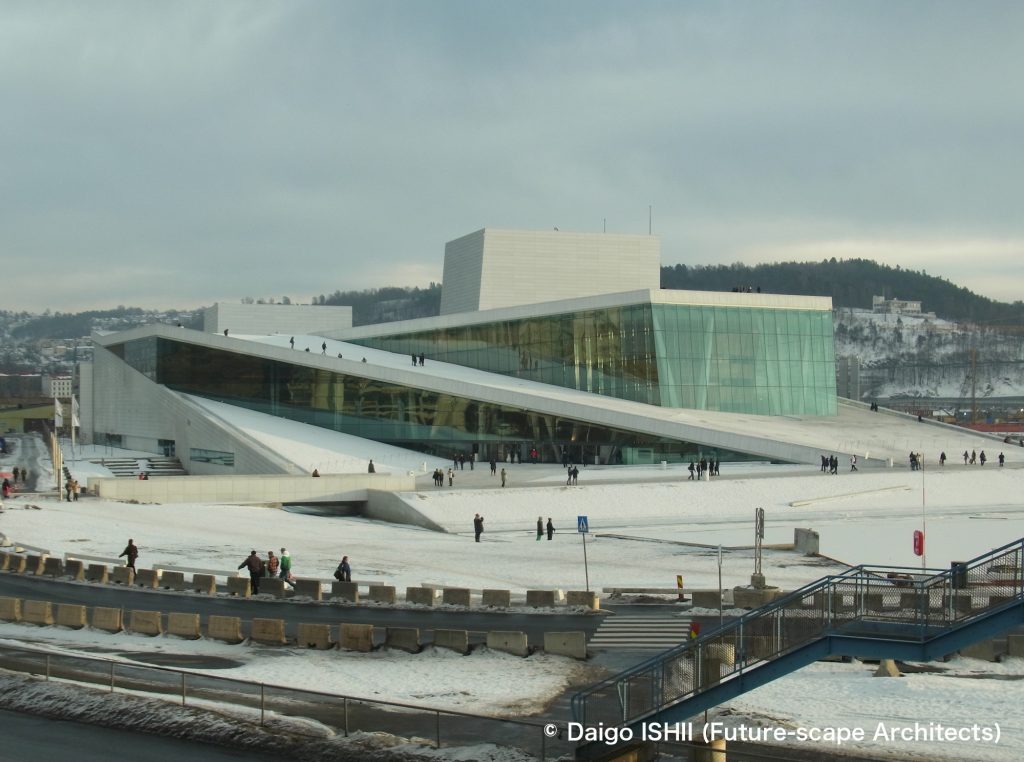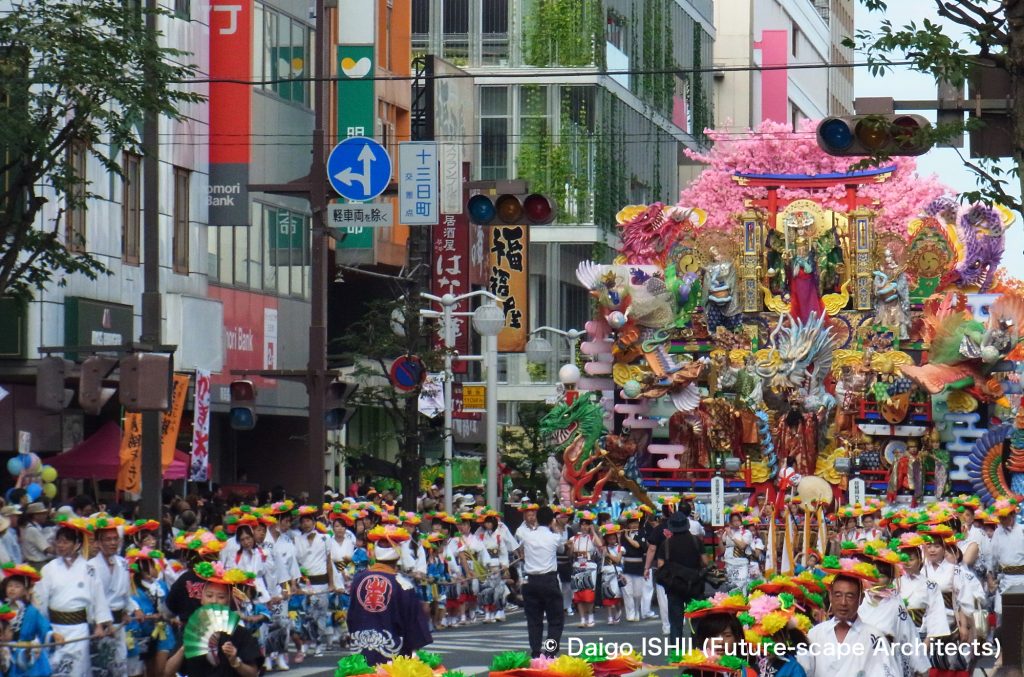To tell the truth, I am a Jacobsen fan. Copenhagen is home to Arne Jacobsen's masterpiece, which blended modernism and regionalism.
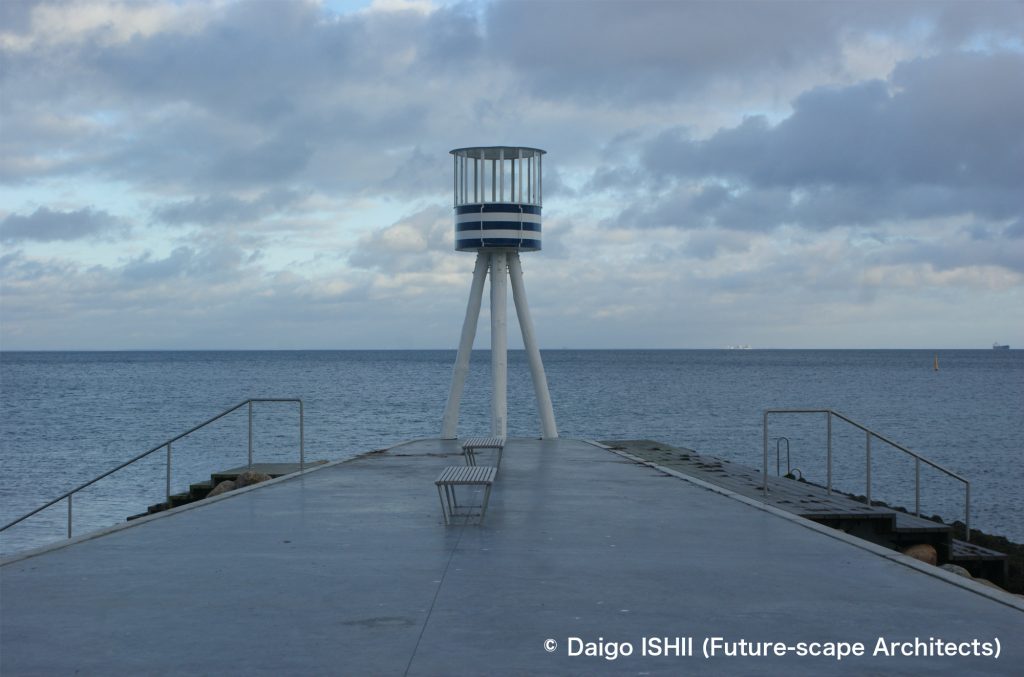
https://goo.gl/maps/zrj9efW88K5Din1d8
He started with modernism, then added regionalism. His works attractively blended in the Danish climate. The fenestration of medieval houses lining Strøget, downtown Copenhagen, was modernist, and many historic wooden buildings were painted white. I associated his early white works on the beach with Danish tradition in addition with modernism. He seemed to be a regionally-oriented architect from the beginning.
Over time, the white gave way to bricks and stones closer to the dull tones of royal palaces and churches, deepening the local flavor and changing into down-to-earth modernism. In the 1960s, the library in Rødovre realized an architecture with an intense local flavor while creating a space like SANAA. He didn't design few works outside Denmark. He seemed to be an architect who cherished the specific locality of Denmark and used it as a source of imagination.
Jacobsen's failed but successful architecture was the Radisson Blu Royal Hotel. If trimmed only the exterior appearance that reflected the color of the Copenhagen sky, the famous spiral staircase and chairs, and guest rooms with the openness of the continuous windows, it would be a splendid piece of modernism that he delicately controlled. However, when looking down on the whole city from the church steeple, this building stood out from the townscape where many historical buildings remained. It was subjected to harsh criticisms at the time of construction. But, according to the former head of the city planning department, Copenhagen was also in an era when it accepted tearing down old buildings and building new ones.
Jacobsen might have a different dream.
1934 Bellavista housing
See the Bellavista housing (1934) . It faces the coast of Bellevue, northen Copenhagen. Although it has been nearly 90 years since its completion, it has a particularly luxurious air among the surrounding buildings. It surrounds a big courtyard on the beach side,so the sea is seen well from all rooms.
https://goo.gl/maps/WH27SNhYanpAF8jY6
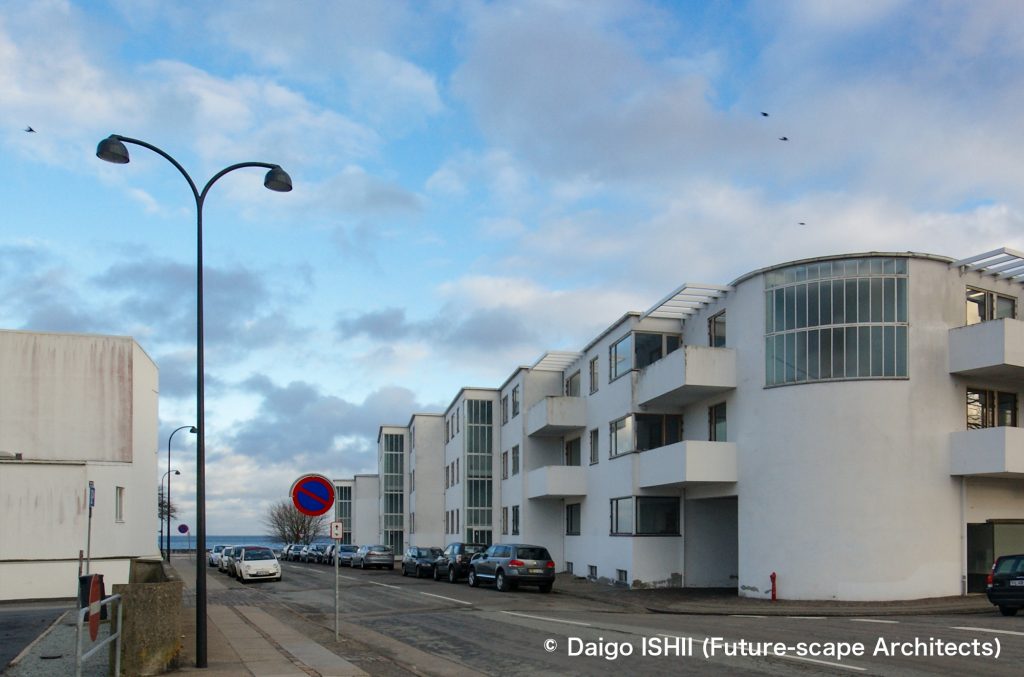
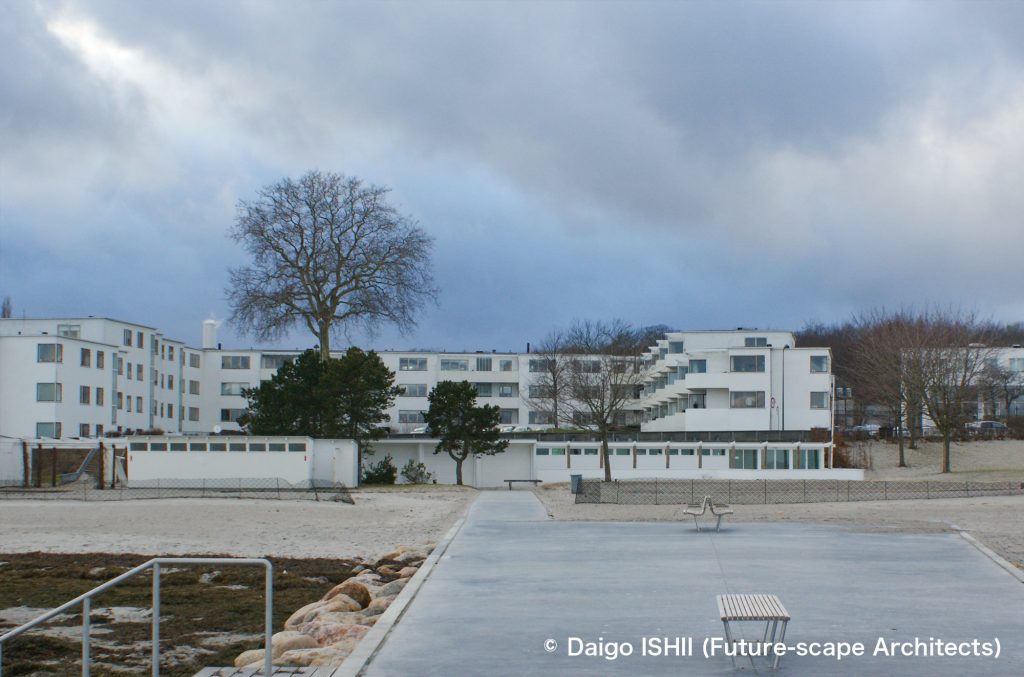
1937 Texaco Tank
See the Texaco Tank (1937). It still is in use, although the company has changed. The eaves in the shape of a spoon are cute. Northern Copenhagen would be an high-class residential area with so many car owners that gas stations were established in the 1930s?
https://goo.gl/maps/2eitHoQbzYqccKtv5
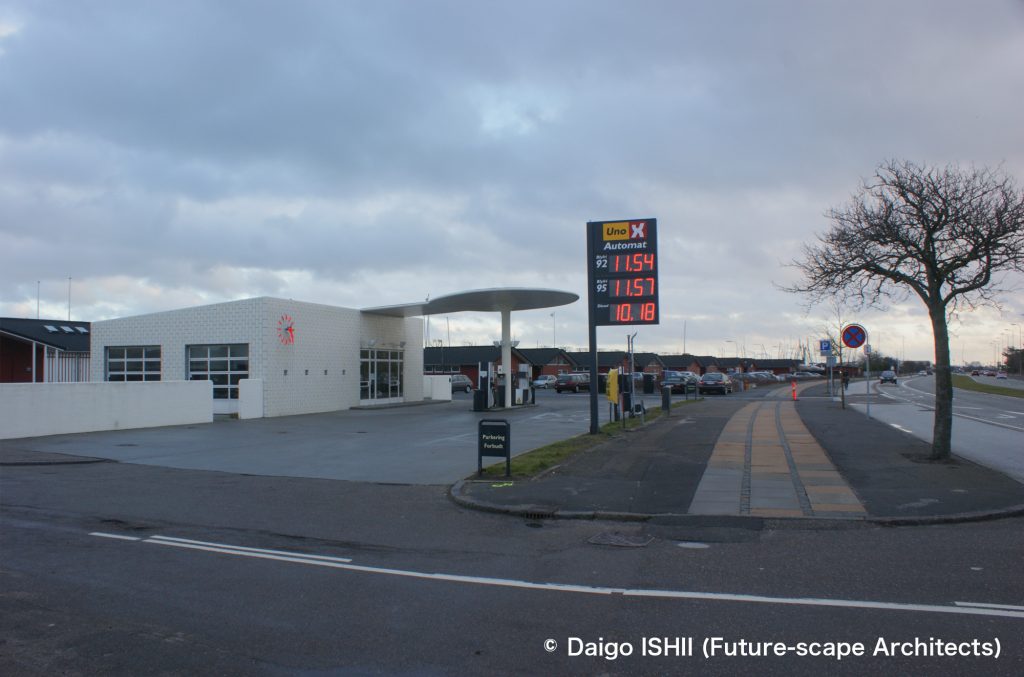
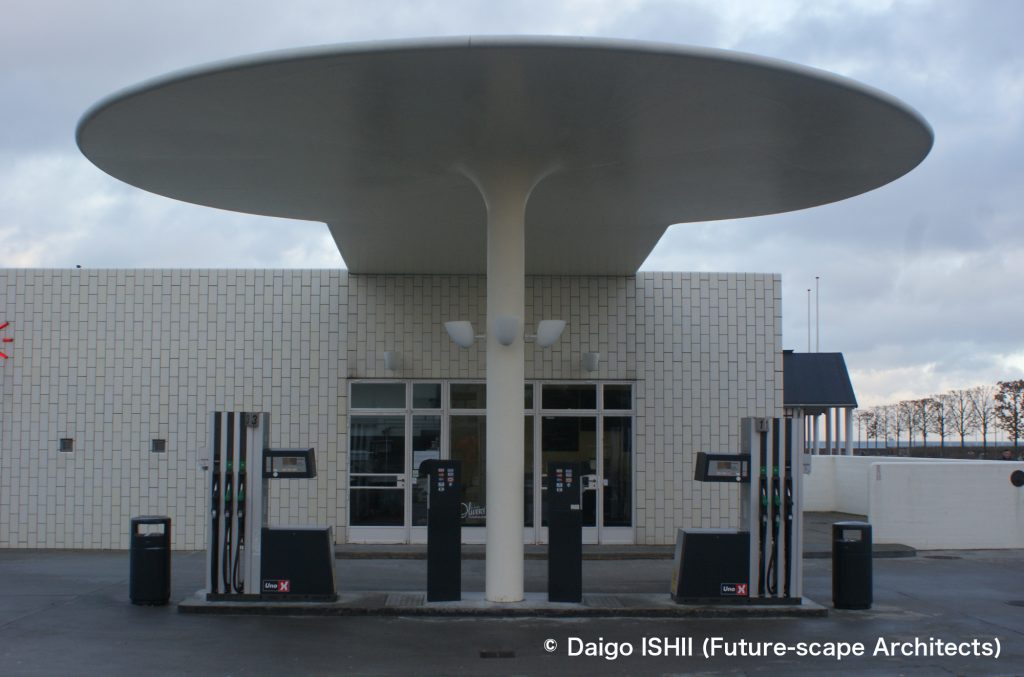
1937 Stellings Building
See Stellings Building in Stroeget (1937). It looks like a normal building now, but it was completed in 1937. At that time, it must have stood out as a modern building.
https://goo.gl/maps/F3nJbWtHkNj6YDcU6
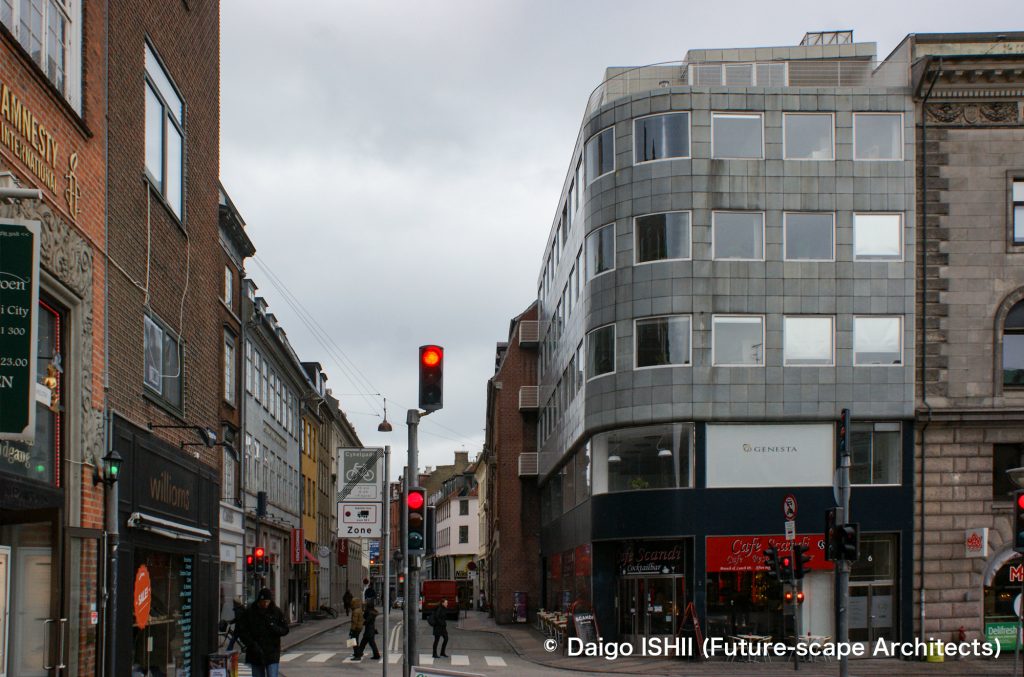
1955 Jespersen Building
See Jespersen Building located outside downtwon Copenhagen (1955). The first floor is a piloti and a parking lot, connecting the streets on both sides.
https://goo.gl/maps/KwUdQd8k5yPb62Lo8
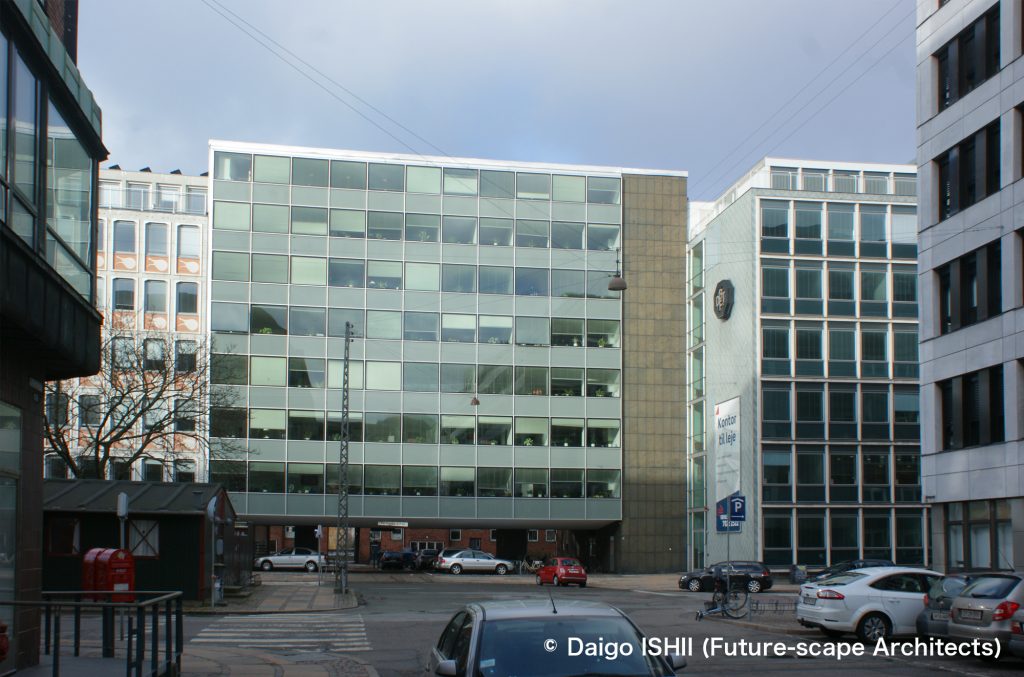
1956 Rødovre City Hall
See the Rødovre City Hall, eastern Copenhagen (1956). There is a conference hall in the back of a beautiful garden, and behind it is a long, narrow three-story office building. The subdued color tone blends into the landscape and is beautiful.
The stairs in the office building are also famous for their delicate details.
https://goo.gl/maps/8aE6rpMPXn7GbY8B8
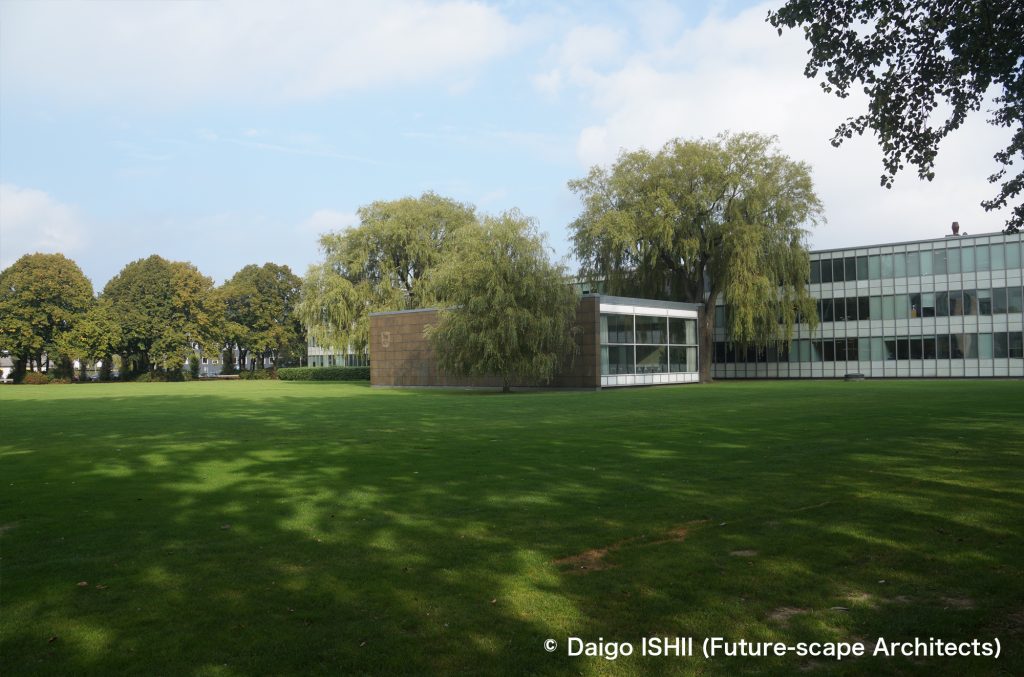
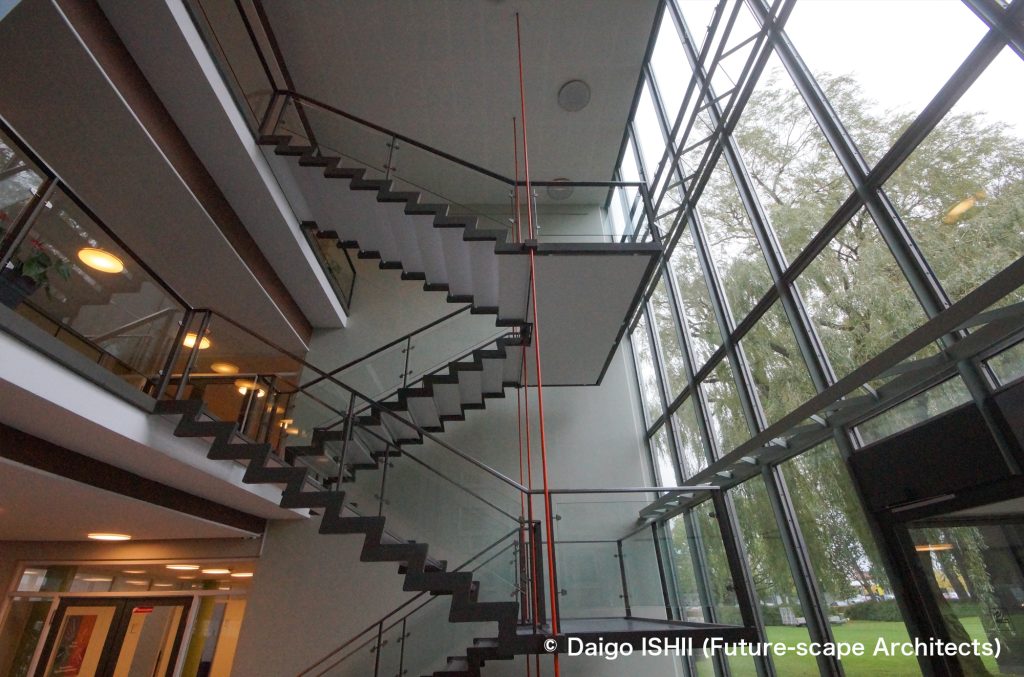
1960 Radisson Blu Royal Hotel
See the Radisson Blu Royal Hotel (1960) in dowtown Copenhagen. It's a beautifully detailed building, but it stands out from the height of the historic buildings in the downtown.
Only one room remains with the interior designed by Jacobsen at the time of its completion. The calm colors are comfortable. The sofa and bed are separated by a curtain. The other guest rooms were unfortunately changed its design into a contemporary interior. In the lobby is the famous spiral staircase and the swan chair designed by Jacobsen for this hotel.
https://goo.gl/maps/8aE6rpMPXn7GbY8B8
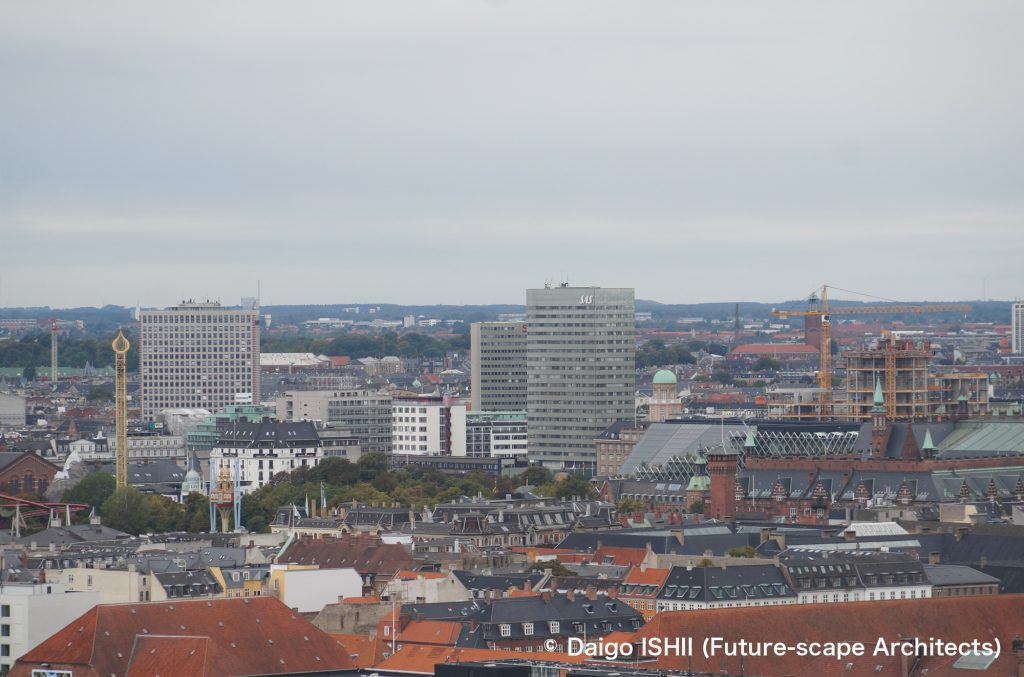
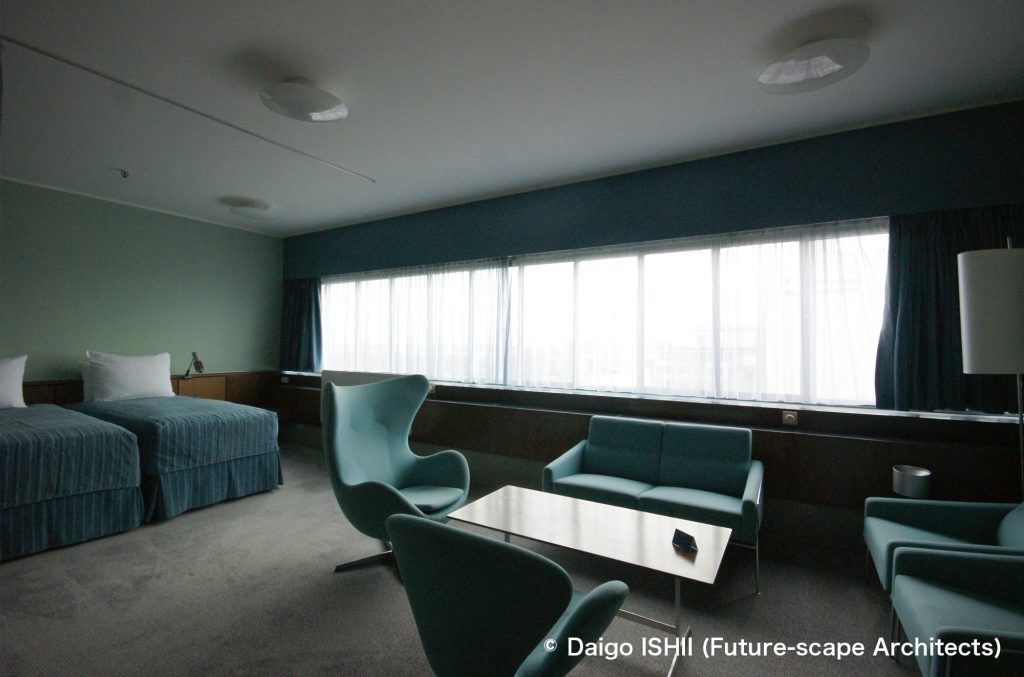
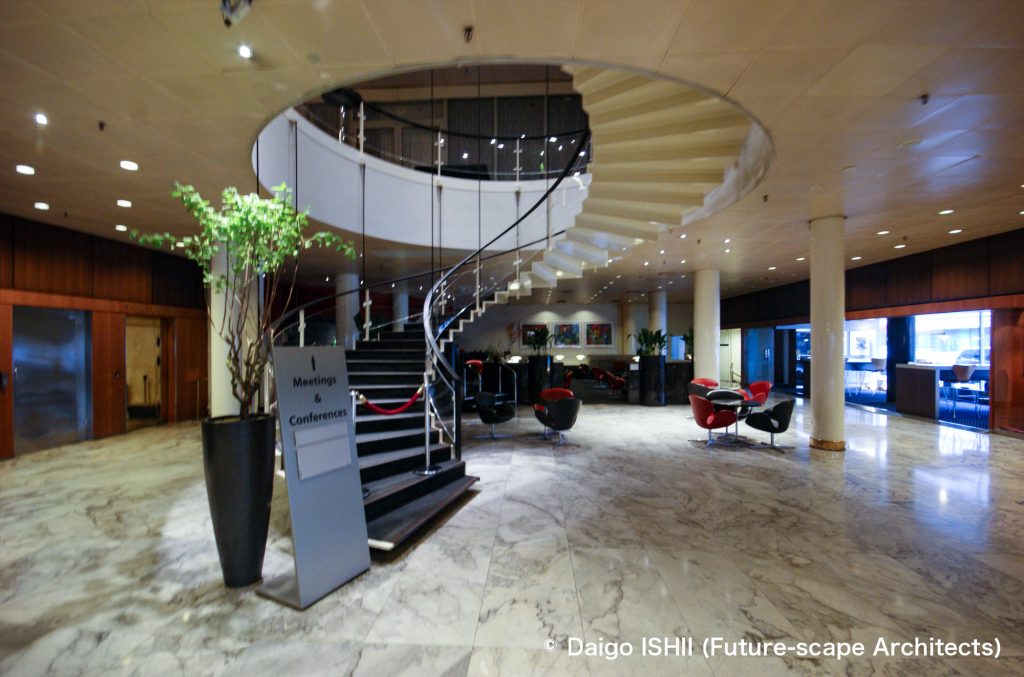
1964 Nyager primary school
See the Nyager primary school in eastern Copenhagen (1964). The ocher bricks create a local flavor. Inside, the classrooms are arranged facing a large courtyard, creating a relaxed and comfortable atmosphere.
https://goo.gl/maps/w7BuoshuSJcHbEZr5
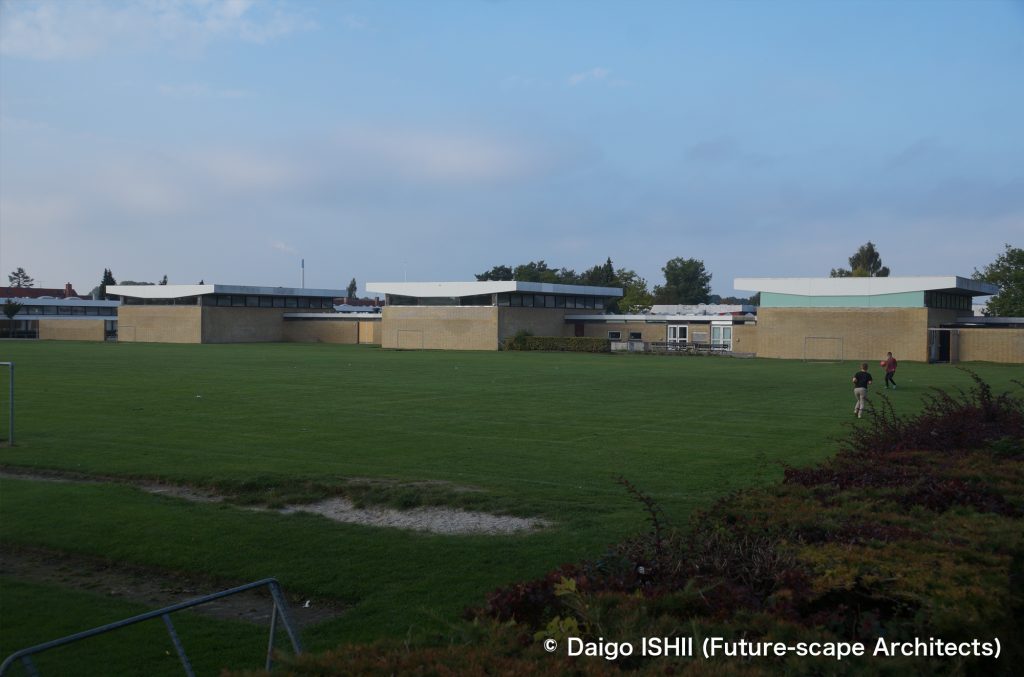
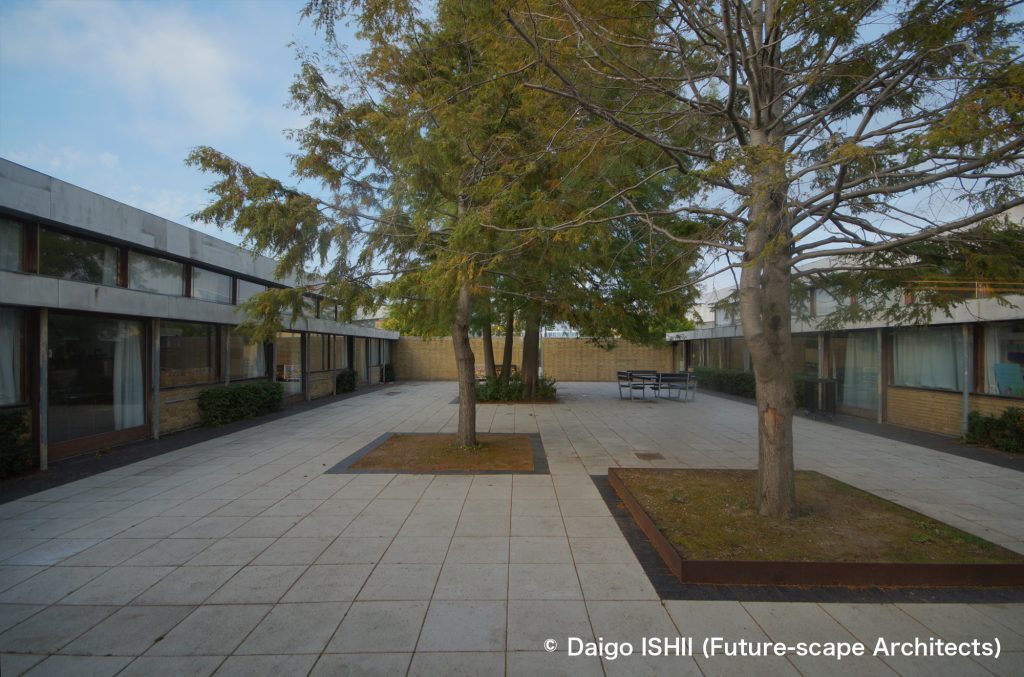
1969 Rødovre library
See the Rødovre library (1969) opposite the town hall of Rødovre. A contemporary space that would make sense even if it was completed recently was realized with local colors and materials. The auditorium has high windows on 4 sides, and bright light comes in. When projecting, all high windows are covered with blackout curtains.
https://goo.gl/maps/8aE6rpMPXn7GbY8B8
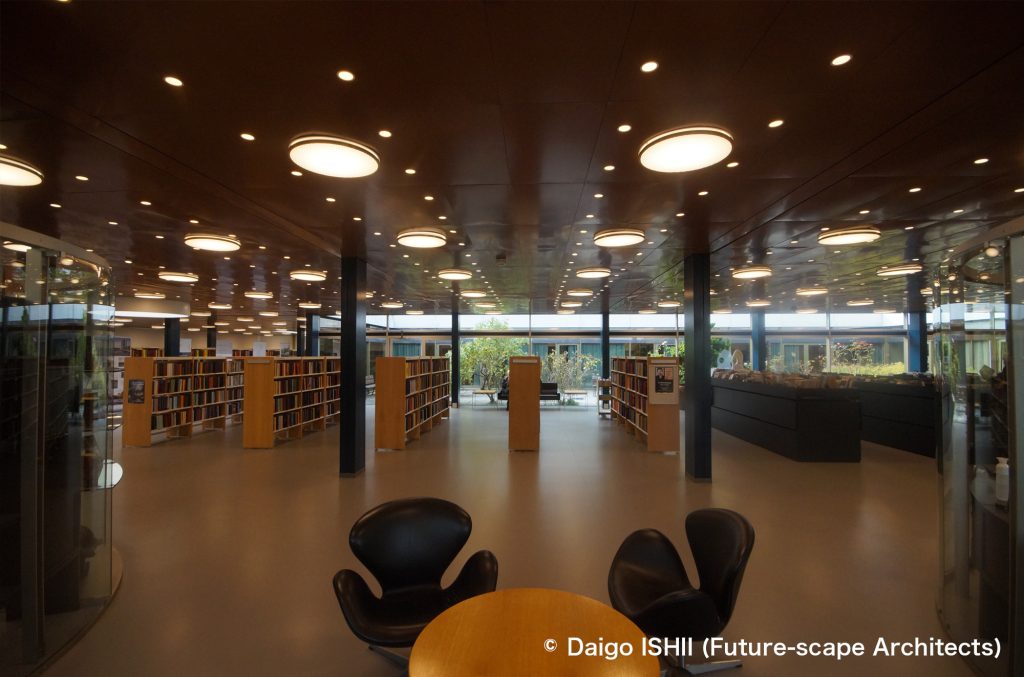
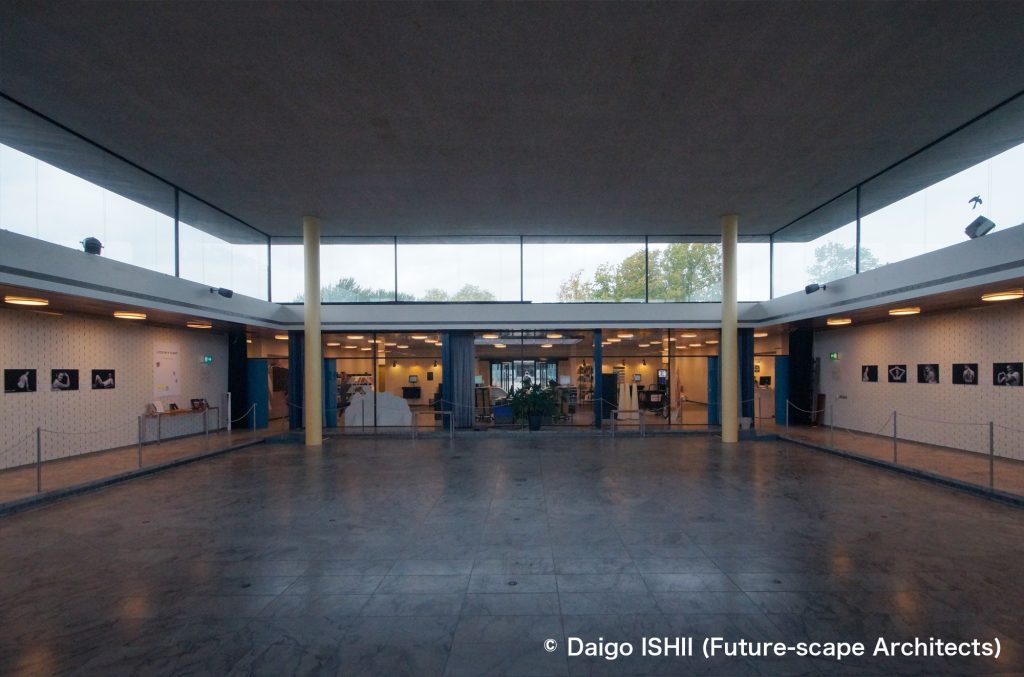
1971 National Bank
See the National Bank (1971) in downtown Copenhagen. The dark glass, which reflect views of downtown Copenhagen, and gray marble create a calm and subdued impression.
https://goo.gl/maps/idRpkCV26mTfwWUVA
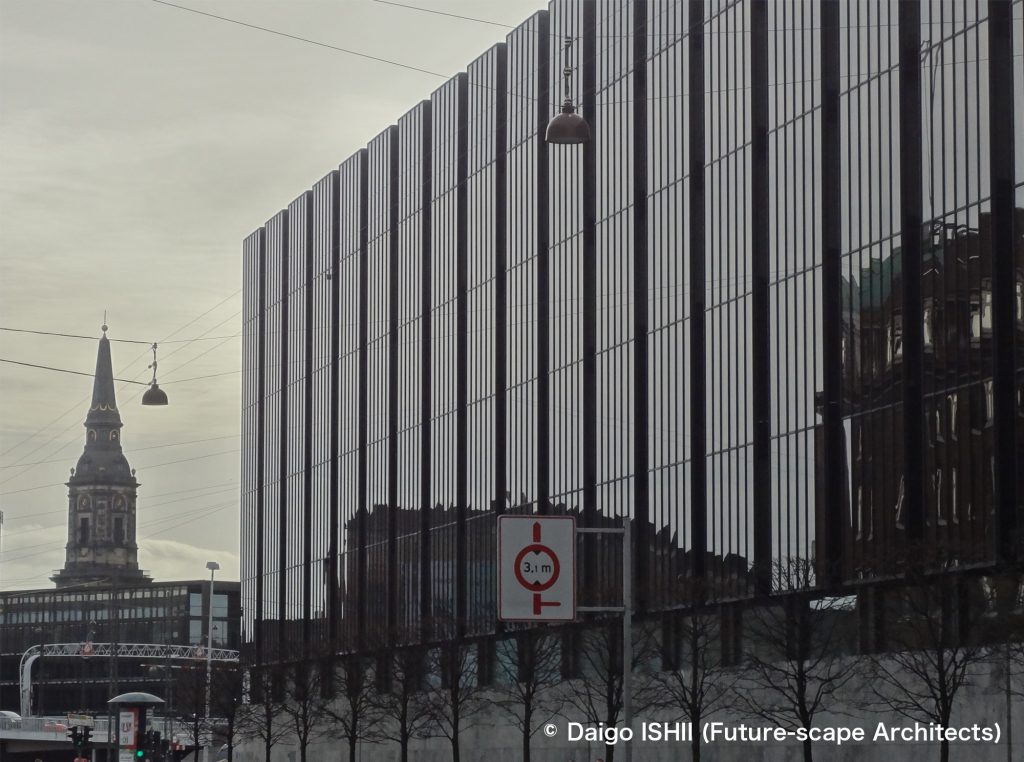
Click here for your impressions
reference
Wikipedia
"Arne Jacobsen"(Carsten Thau + Kjeld Vindum,Arkitektens Forlag / Danish Architectural Press,2019)
Please do not use or upload our photos without permission.




